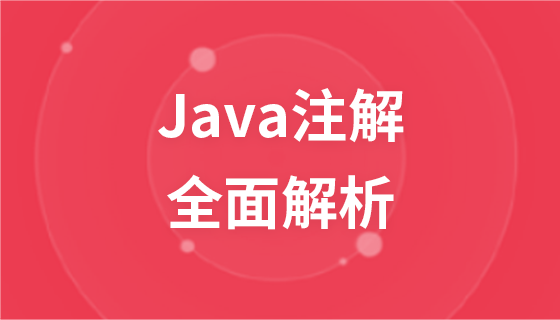
The content of this article is to introduce what object-oriented programming (OOP) is in java, let everyone understand the advantages of object-oriented programming, and what are the three major characteristics of object-oriented programming in java. It has certain reference value. Friends in need can refer to it. I hope it will be helpful to you.
What is object-oriented programming (OOP)?
Object-oriented programming (OOP) is a programming language model built around objects. It uses objects and data as core components. This model divides data into objects (data fields) and describes object content and behavior through class (method) declarations. [Related video recommendations:Java Tutorial]
The main idea of OOP is to use objects instead of actions or functions to represent data and logic. Think of objects as real life physical objects... cars, buildings, animals, apples, etc. There are also abstract objects (things we can't see or eat) like HTTP connections or user data distributors. All of these have properties and methods for manipulating and accessing the data stored in them. Eventually we can "convert" everything into an object.
The three major characteristics of Java object-oriented programming (OOP):
1. Encapsulation
Encapsulation is Wrap variables and methods in a unit whose sole purpose is to hide data from the outer class. This makes the program structure more manageable because each object's implementation and state are hidden behind well-defined boundaries.
2. Inheritance
Inheritance refers to abstracting a base class from multiple implementation classes so that it has the common characteristics of multiple implementation classes. For example, an animal class can be abstracted from cats, dogs, and tigers, and has the common characteristics of cats, dogs, and tigers (eating, running, barking, etc.).
3. Polymorphism
Polymorphism refers to multiple specific forms or implementations. Polymorphism in Java allows subclasses of a class to define themselves 's unique behavior, and also shares some of the same functionality of the parent class.
Advantages of object-oriented programming (OOP):
1. Modularity, easy for troubleshooting
When using object-oriented programming languages, we know exactly where the error is to look for. For example: "The car object is broken? The problem must be in the car class!", so we don't need to troubleshoot one by one.
This is the beauty of encapsulation. Objects are self-contained, each functional bit has its own function, and other bits are independent. Additionally, this model allows IT teams to work on multiple objects simultaneously while minimizing the possibility that one person might duplicate someone else's functionality.
2. Reuse code through inheritance
Suppose that in addition to the Car object, one colleague needs a RaceCar object and the other needs a Limousine object. Each builds objects individually but finds commonalities between them. In fact, each object is actually just a different kind of car. This is where inheritance techniques save time: create a generic class (Car), and then define subclasses (RaceCar and Limousine) that inherit the characteristics of the generic class.
Of course, the Limousine class and the RaceCar class still have their unique properties and functions, and each class can implement separate functions for itself. However, because both classes inherit key aspects of the Car class, such as the "drive" or "fillUpGas" methods, the inheriting class can simply reuse existing code rather than rewriting these functions.
What if you want to make changes to all Car objects, regardless of their type? This is another advantage of the OO approach. Just change your Car class and all car objects will inherit the new code.
3. Achieving flexibility through polymorphism
4. Effectively solving problems
Summary: The above That’s the entire content of this article, I hope it will be helpful to everyone’s study.
The above is the detailed content of What is object-oriented programming (OOP). For more information, please follow other related articles on the PHP Chinese website!



